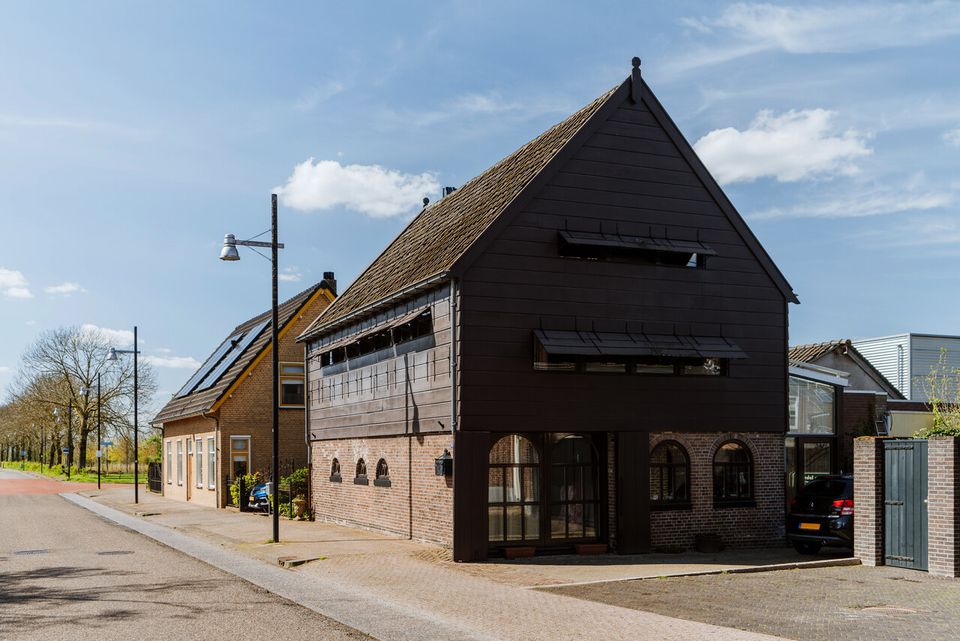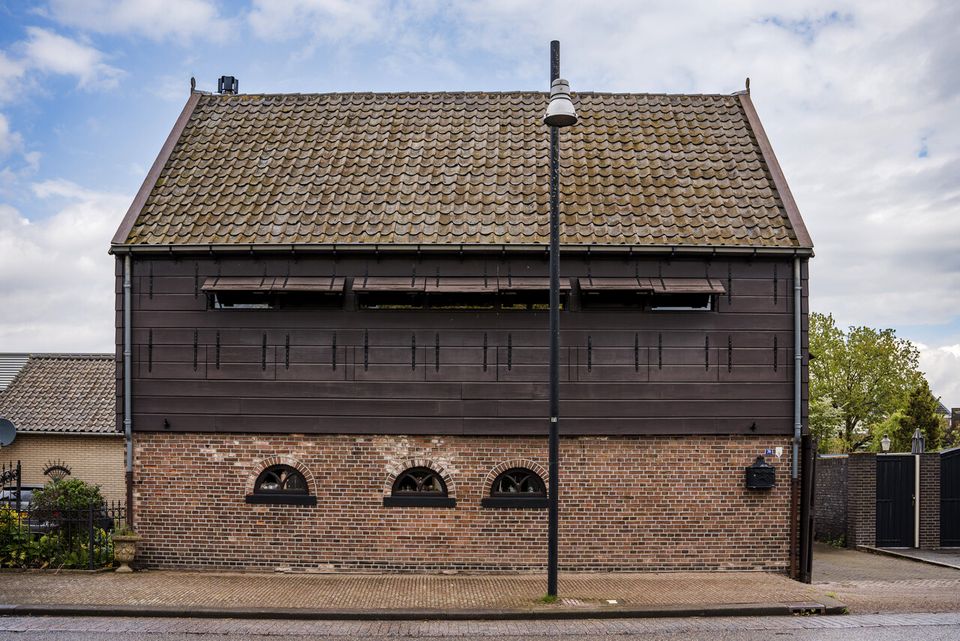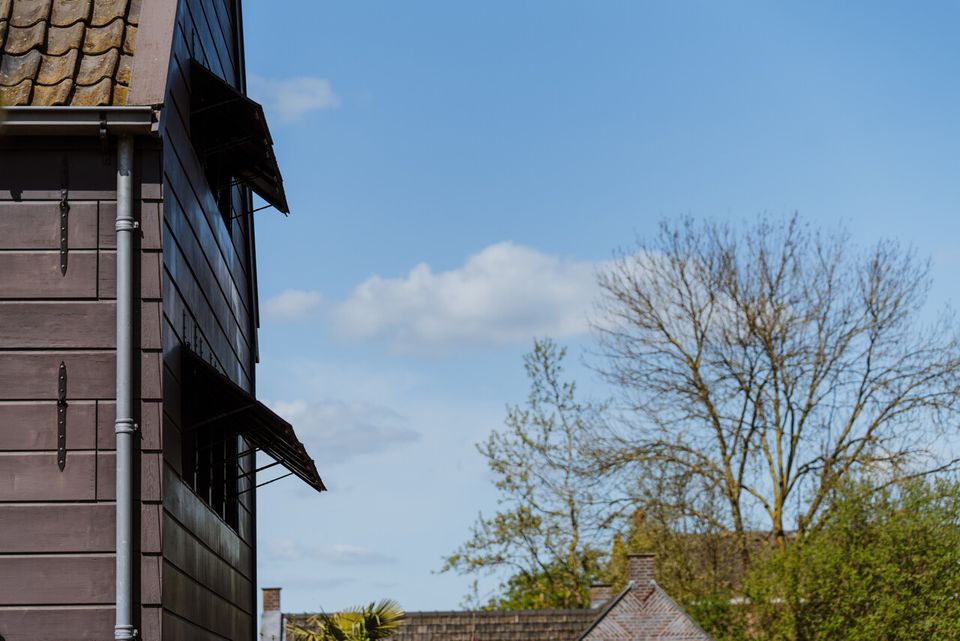Tanning Barn
The building which is now used as a residence used to be a tanning barn. You can recognize the tanning barn by its ventilation shutters. In the vicinity of De Langstraat there are more such buildings. Most tanneries originated as an extra side income. Tanning was not done under pleasant working conditions. The substances they worked with were bad for your health, not to mention the odors that came with it.
What exactly is leather tanning? Leather tanning is a method of working in which the h...
The building which is now used as a residence used to be a tanning barn. You can recognize the tanning barn by its ventilation shutters. In the vicinity of De Langstraat there are more such buildings. Most tanneries originated as an extra side income. Tanning was not done under pleasant working conditions. The substances they worked with were bad for your health, not to mention the odors that came with it.
What exactly is leather tanning? Tanning is a process in which leather is made from the skin of animals using a tanning agent. Tanning makes the proteins in the hide insoluble. The hide must be mixed with a "tanning agent" that binds to the proteins in the hide. This step in the entire process is what turns a bare, into leather. One tanning agent that is added most of all is the metal salt: Chromium sulfate. The resulting leather is blue in color, which is why it is called "Wet-blue." Only when the tannin has fully penetrated the hide, the acid content is reduced. This allows the penetrated tannin to start binding with the fibers in the skin. After tanning, the hide is thus truly "leather" and bacteria will show completely no interest in the material, thus keeping it good (almost) forever.





